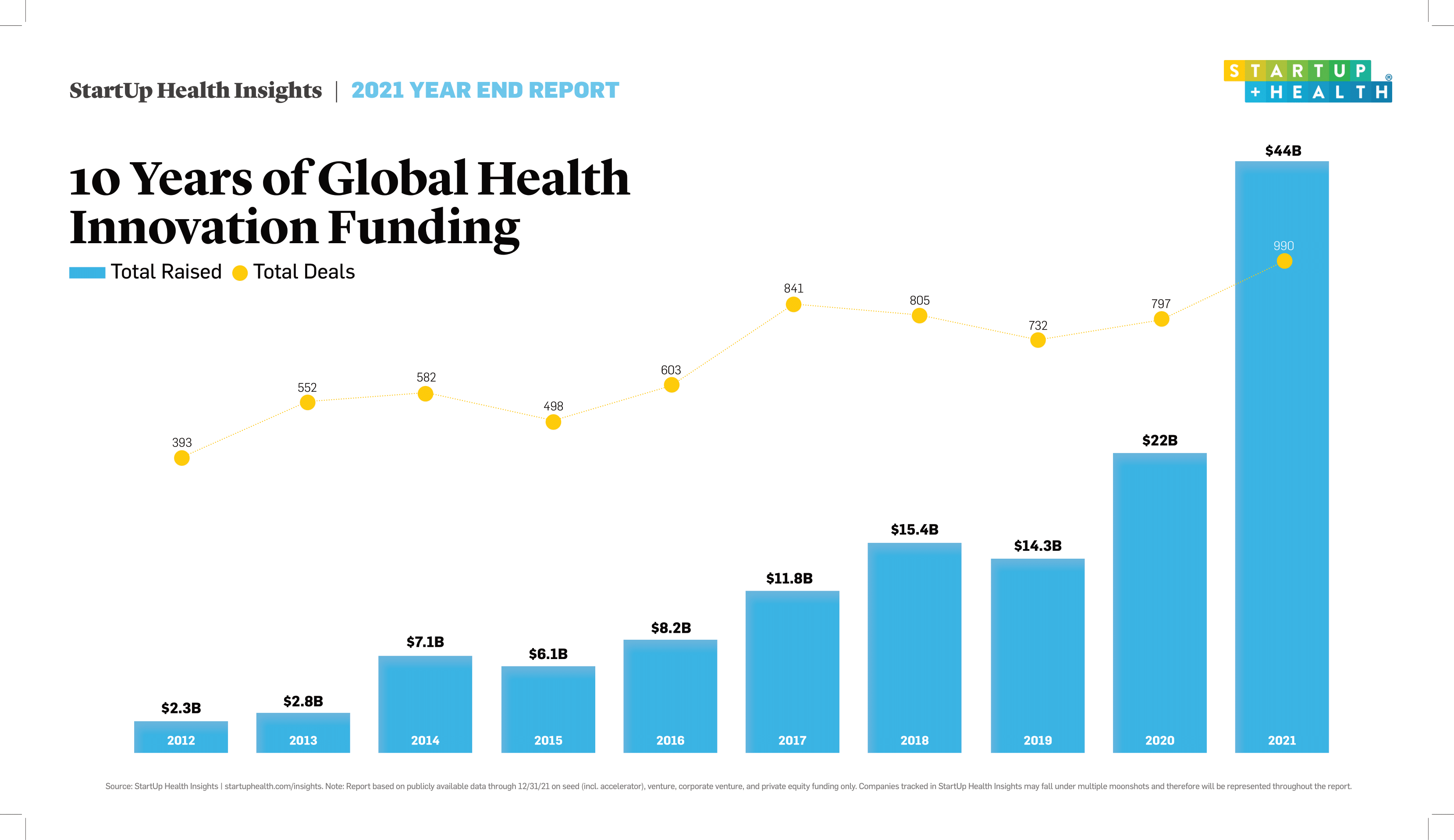Poorly Defined Workflows Lead to Worse Outcomes
Healthcare is among the top industries that require proper operational workflow management to ensure all activities occur perfectly. In a medical center setting, several activities occur at once and it’s not easy to manage and monitor all variables without appropriate processes in place. It is imperative, especially in the healthcare industry today, that organizations develop a proper way to manage these situations. Workflow management is critical to operational success, as streamlined services will provide the best opportunities to attain the best outcomes.
Establishing the correct protocols will also improve how a center interacts with its main consumer, the patient. Without a proper operational workflow, they access poor services, which often results in substandard organizational outcomes and performance (Desai, P., & Bowman, E. 2022). As healthcare evolves, there are several ways in which smooth operational workflows can be achieved. This article provides a deep analysis of the importance of operational workflow management in healthcare.
Advances in Technology Create Opportunities for the Best Outcomes
The healthcare industry has encountered several issues in recent years, and most are due to poor operational workflows. New technology has been introduced and provides the industry with models that can improve the efficiency of the activities. Automation, for example, is a key differentiating feature in healthcare setups. Automation brings operational advantages that can lead to improved medical outcomes. The world has changed with the introduction of this distinctive technology, as medical activities can now be performed with software, greatly reducing the risks of medical errors (Gabutti et al., 2017).
Automating the data collection process increases the efficiency and accuracy of the data being accessed by simply reducing the chances of human error. Through machine learning, data analysis can then be automated. This way, the conclusions are improved and the data analyzed is properly interpreted to provide the best patient diagnosis.
Through the utilization of enhanced algorithms, analyzing patient data lowers the chances of an improper diagnosis, further reducing errors that lead to critical patient conditions or death (Gabutti et al., 2017).
Human Analysis is Often Slower than Machine Learning Algorithms
Through technology advancements in healthcare centers, patients are able to obtain access to care more efficiently, which greatly improves operational workflows. Patient registration, demographics, and signing in often consume the most time when performed manually. Automation, therefore, provides an efficient way to collect data quickly and serves patients more effectively.
Today, medical practitioners can access disparate patient data, which helps them make the best possible decisions. Medical practitioners can sample outcome possibilities to develop the best medical decisions by transforming data into actionable information. Automated workflows make it easy to identify changes and visualize different outcomes by studying present patterns and providing quick and accurate data analysis at the point of care. Like never before, healthcare organizations are utilizing this patient data to predict different medical outcomes and to help understand varying patient behaviors.
Investment into Innovation is Key to Operational Efficiency and Overall Competitiveness
Automation initiatives have become popular in order to fix longstanding issues, including clinical burnout and the heavy decline witnessed in operating margins. Productivity challenges have also increased with time, leading to high-cost labor concerns. Automation reduces these concerns by lowering staffing costs required to operate the various medical institutions (Davenport & Kalakota, 2019), while improving financial stability at the same time.
Healthcare, in general, includes multiple overlapping processes, which can be extremely overwhelming for practitioners. This overlap often leads to a mix of duties and responsibilities, resulting in a tiresome environment. Establishing proper workflow models helps align all practitioners and their staff within their set continuum. Health innovation seeks to understand the pattern and interpret how best to alter it to address present challenges. With innovation as a core tenet, it’s no surprise that 80% of healthcare organizations will increase their investments in digital health, AI, and machine learning to improve their processes with better backend workflows (McCain 2022).

Conclusion
Proper process management can directly benefit your healthcare operation. Through automation and structured workflows, patient interaction and engagement can increase, producing better healthcare outcomes. These processes will also improve operating margins while decreasing clinical burnout, all of which will positively impact any healthcare organization.
Vee Healthtek strives to deliver extraordinary outcomes for our clients by improving efficiency, driving financial success, and increasing competitiveness.
References:
Davenport, T., & Kalakota, R. (2019). The potential for artificial intelligence in healthcare. Future healthcare journal, 6(2), 94.
Gabutti, I., Mascia, D., & Cicchetti, A. (2017). Exploring “patient-centered” hospitals: a systematic review to understand change. BMC health services research, 17(1), 1-16.
Desai, P., & Bowman, E. (2022). Contributed: Improving healthcare productivity with automation and opportunities for startups. MobiHealthNews. Retrieved 19 May 2022, from https://www.mobihealthnews.com/news/contributed-improving-healthcare-productivity-automation-and-opportunities-startups.
Kelly McCain (2022). Predictions 2022: What are the biggest healthcare shifts? Here's what health experts think. https://www.weforum.org/agenda/2022/01/biggest-healthcare-shifts-experts-expect-to-see-in-2022/

